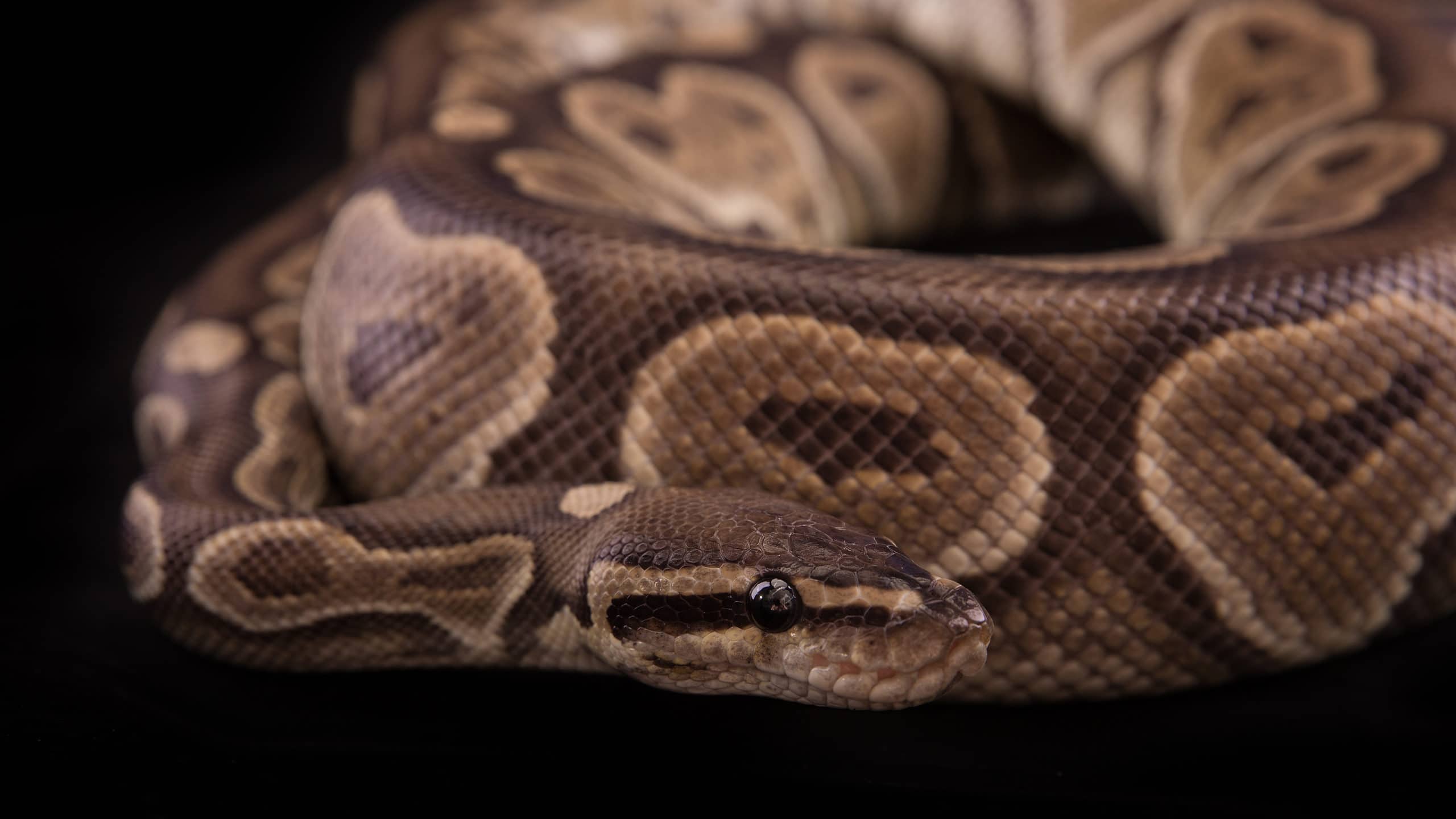Continue reading for our analysis...

You can’t help but admire the cheek of this python. A car stops whilst on safari at Kruger National Park in South Africa and it slithers aboard! The ten-foot plus snake has no hesitation in crawling under the hood. A little later it is discovered curled up on top of the engine. As the video at the bottom of this page shows, all sorts of things can happen when you stop your car in an African nature reserve!
Where Do Pythons Live?
Pythons are found in Australia, Africa, Oceana, and Asia. They are carnivorous but non-venomous snakes who rely on constriction to kill their prey. These guys are beautiful and very strong with long, muscular bodies.
There are 33 known species of python. You will find them in a range of different habitats including around shrubs, desert sand hills and rocky outcrops. Having said that, you will also find them in grasslands, rainforests and woodlands, and savannas. Different species have a preference for different habitats and may be active during the day or night depending on their prey.
When they are not hunting, you will find them chilling out in tree branches or hollows and under rocks. Some shelter in abandoned mammal burrows. Interestingly, some python species dig their own burrows. This particular python has chosen a cozy spot under the hood of a vehicle. It’s dark and warm and the perfect place to hide out!

There are over 30 known species of python
©dwi putra stock/Shutterstock.com
How Do Pythons Usually Hunt?
Because pythons are ambush hunters, they do not chase their prey and therefore do not need to be very fast. Their first task is to locate the prey which they do using sight, smell and temperature detection using sensing ‘pits’ along their jaws. This allows them to detect warm-blooded prey even if it is hidden in dense foliage.
With the prey located, the snake grabs it with its teeth and then coils its muscular body around the prey and squeezes. Every time the animal breathes out, the coils tighten so that eventually the stricken creature cannot breathe at all! Pythons can feel their prey’s heart stop beating and know when it is safe to release it and for the meal to begin!
Discover the "Monster" Snake 5X Bigger than an Anaconda
Every day A-Z Animals sends out some of the most incredible facts in the world from our free newsletter. Want to discover the 10 most beautiful snakes in the world, a "snake island" where you're never more than 3 feet from danger, or a "monster" snake 5X larger than an anaconda? Then sign up right now and you'll start receiving our daily newsletter absolutely free.
Thank you for reading! Have some feedback for us? Contact the AZ Animals editorial team.







